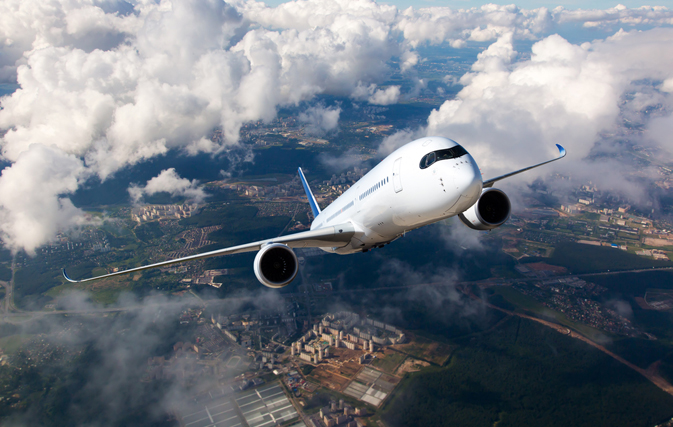GENEVA — The latest global passenger traffic stats from IATA indicate a strong bounce-back after hurricane-related disruptions, with demand for air travel ramping up as the travel industry heads into the holiday travel season. All signs point to the broad-based economic upturn continuing into 2018, and that’s “good news for demand for air travel,” said Alexandre de Juniac, IATA’s Director General and CEO.
Airline passenger demand was up 7.2% in October compared to the same month last year, according to IATA’s latest data. Capacity grew 6.2% and load factor climbed 0.8 percentage points to 80.8%, which was a record for the month.
“As expected, the recent severe weather in the Americas region had only a temporary impact on the healthy travel demand we have seen this year, and we remain on course for another year of above-trend growth,” said de Juniac.
North American airlines’ traffic climbed 3.7% in October compared to the year-ago period, the lowest among the world’s regions but an improvement compared to the hurricane-impacted 3% growth in September.
Capacity rose 5.2% and load factor dropped 1.1 percentage points to 79.2%. North America was one of just two regions to post a load factor decline. There continue to be indications that inbound travel to the U.S. is being deterred by the additional security measures now involved with travelling to that country, noted de Juniac.
Asia-Pacific airlines led all regions with traffic growth of 10.3% compared to the year-ago period, which was up from an 8.7% rise in September. Capacity climbed 8.4% and load factor rose 1.3 percentage points to 78%. Seasonally-adjusted passenger volumes are rising at an annualized rate of 8-9%, supported by the solid regional economic backdrop and strong growth in the number of connections.
European carriers’ October demand climbed 6.2% over October 2016, which was a slowdown compared to the 7.2% year-over-year growth recorded for September. Capacity increased 4.5% and load factor rose 1.3 percentage points to 84.9%, highest among regions.
Middle East carriers experienced a 6.9% rise in demand in October, improved from 3.9% in September. Capacity increased 5.3%, and load factor climbed 1.0 percentage point to 69.6%.
Demand to and from North America out of the Middle East fell in year-on-year terms for the seventh consecutive month in September (the most recent month for which route-specific figures are available) and it remains the only international market not to have grown in annual terms this year.
Airline traffic in and out of the region has been heavily affected by the now-lifted ban on portable electronic devices, as well as from the proposed travel bans to the U.S., said de Juniac.
Latin American airlines had an 8.7% increase in traffic in October, which was a slowdown from September growth of 10.7%, but still the second strongest percentage growth among regions. On a seasonally-adjusted basis, however, volumes are slightly below where they were three months ago. This may indicate spillover from the impact of Hurricanes Irma and Maria. Capacity climbed 9.1%, and load factor slipped 0.3 percentage points to 82.6%.
African airlines’ traffic grew 7.5% year-on-year in October, up from 3.6% in September. Conditions in the region’s two largest economies, Nigeria and South Africa, still are diverging, with business confidence levels in Nigeria near a three-year high, while confidence levels in South Africa are consistent with falling economic activity. Capacity rose 3.4%, and load factor jumped 2.7 percentage points to 70.9%.

